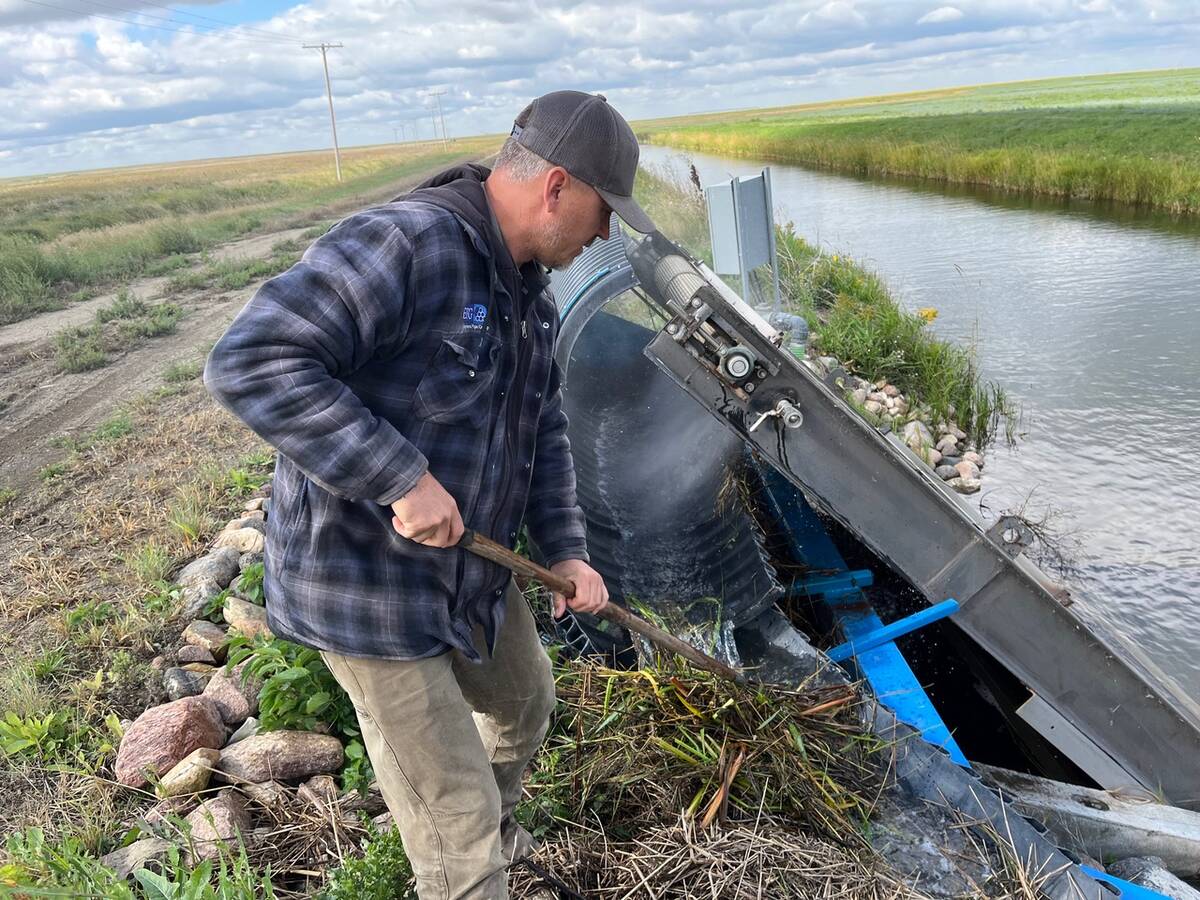High fertilizer prices have farmers looking for ways to scrimp on the costly input.
One strategy is to seed cereal crops on pulse stubble, taking advantage of the much-touted nitrogen residue associated with pulses.
But researchers say that’s a dangerous assumption because the nitrogen carryover effect of crops like peas and lentils isn’t as great as many people think.
A popular theory on coffee row is that a pea crop will leave behind 40 pounds of nitrogen per acre, said Perry Miller, a cropping systems researcher at Montana State University.
Read Also

Saskatchewan farmer uses tile drainage to manage water
The integration of both irrigation and tile drainage results in higher yields, water efficiency, improved soils and less nutrient runoff, says one producer.
However, years of research have proven the average is closer to 10 lb. per acre in the brown soil zones of Montana and southwestern Saskatchewan.
“It often gets overestimated, especially in the dry areas,” Miller said.
According to the Saskatchewan Pulse Growers’ production manual, the results get better the farther north you go.
Research trials have shown that farmers in the province’s black soil zone can expect a nitrogen fertilizer replacement value of 25 lb. per acre from a crop of field peas.
Miller said those averages are rough guides. Producers should by no means count on those numbers because the “pulse effect” is completely unpredictable.
Contrary to popular belief, there is no relationship between the yield of the previous year’s pea or lentil crop and how much nitrogen is left behind in the soil, he said.
Some years he would see nitrogen credits as high as 20 lb. per acre in research plots, while in others it would be zero. And there was no reason for the variance.
“I don’t know that we will ever figure out exactly how this works,” he said.
Miller’s findings were confirmed in a recent study conducted at Agriculture Canada’s Beaverlodge Research Centre.
Research scientist Newton Lupwayi examined the nitrogen release of an average Alberta pea crop, which yields about 30 bushels per acre.
“That kind of crop, according to our equation, would only give us five lb. of nitrogen per acre.”
He said most of the nitrogen is removed during harvest because it is primarily found in the seeds of the plants. The remaining residue doesn’t do much to recharge the soil’s natural nutrient levels.
“You don’t expect much nitrogen from a typical pea crop,” he said.
But if peas or lentils are grown as a green manure crop and plowed under, there will be considerable nitrogen found in the soil the following year.
Miller said it’s important that grain growers realize that the pulse effect may not be as strong as they thought and that there is a good chance there will be no appreciable nitrogen release in a given year. That means applying nitrogen fertilizer at the soil test recommendation.
“Farmers should manage like it’s zero nitrogen carryover and then, if they get some nitrogen release, it can show up as increased wheat protein and they haven’t put yield potential at risk.”

















